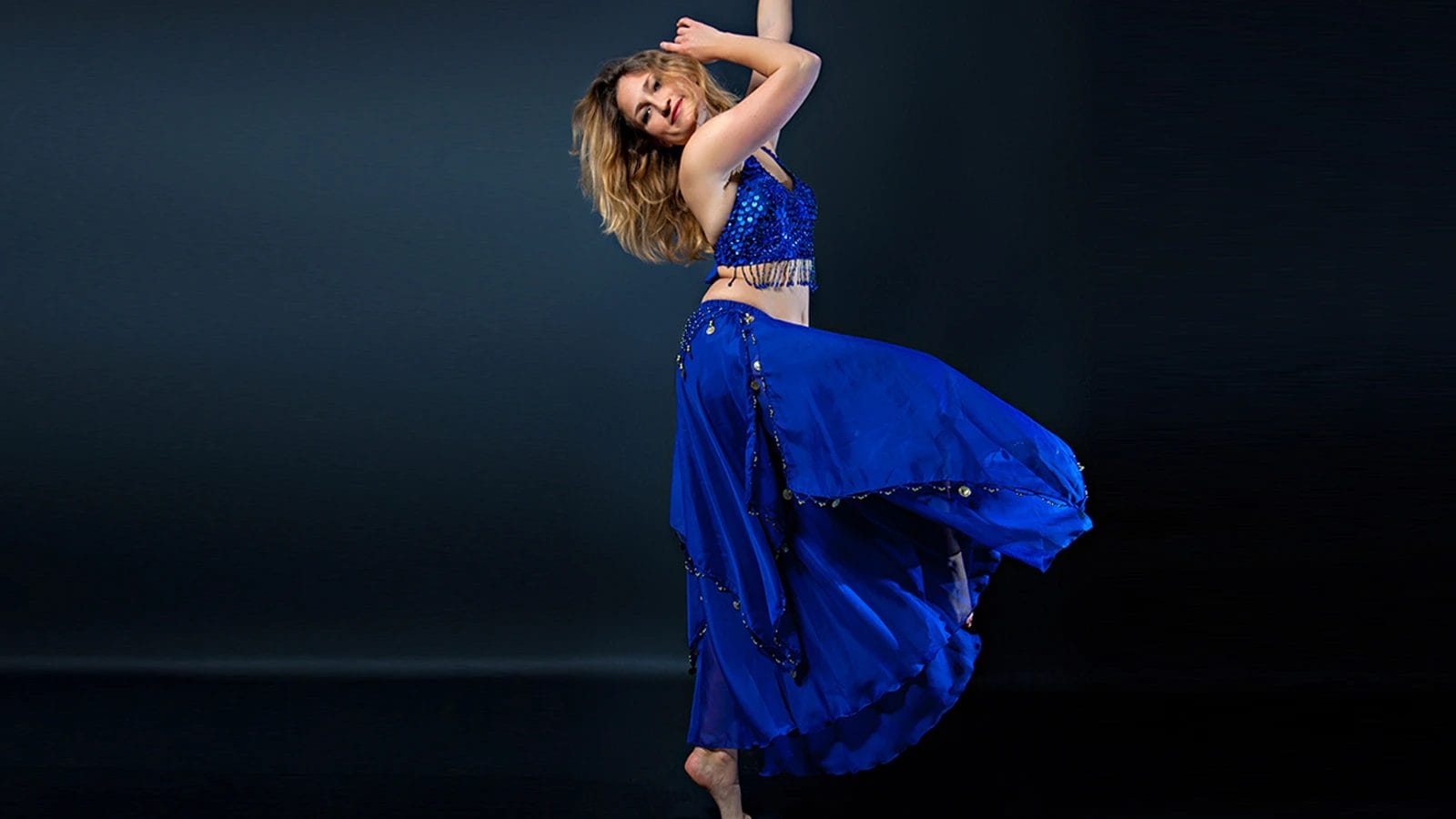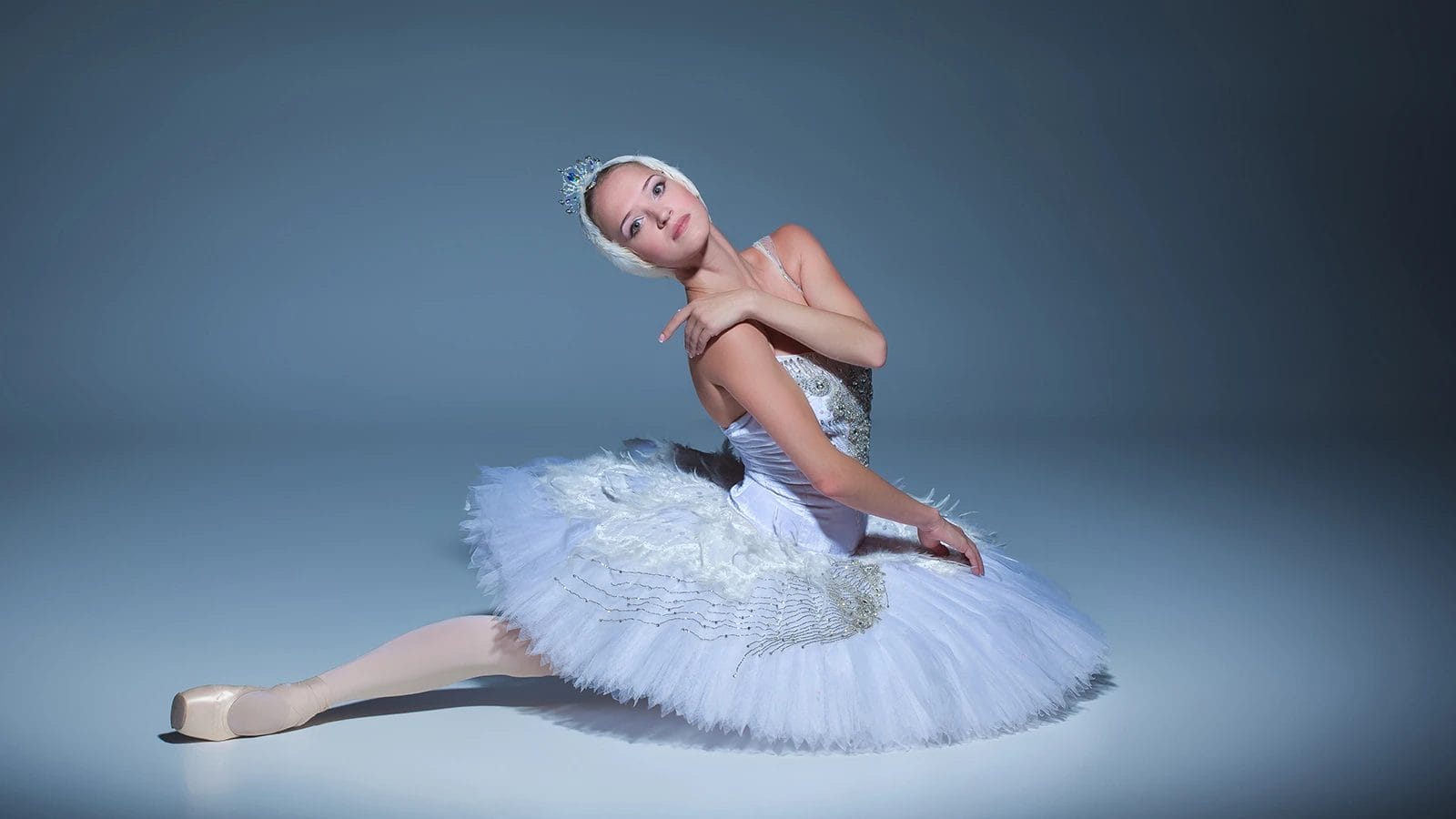The fabric you choose for dance costumes plays a huge role in how they look and feel. It’s not just about style; it’s about making sure the costume moves with you, feels comfortable, and lasts through performances.
The best fabric for dance costumes combines flexibility, durability, and elegance. With so many dance costume trends evolving, picking the right material can make all the difference in how you shine on stage.
Key Takeaways
- Choose stretchy fabrics to ensure your dance costume moves with you and allows a full range of motion.
- Opt for breathable materials to keep cool and comfortable during intense performances.
- Select durable fabrics to withstand wear and tear. Ensure your costume lasts through multiple shows.
- Consider the weight and flow of the fabric. Pay attention to color and shine.
Factors to Consider When Choosing Fabric for Dance Costumes
When selecting the perfect dancewear, you need to consider more than just how it looks. The right material can greatly impact your performance, comfort, and confidence on stage. Let’s dive into the key factors you should consider.
- Stretch and Flexibility: Use stretchy fabrics like spandex for freedom of movement.
- Breathability: Opt for breathable materials to keep dancers cool.
- Durability: Select durable fabrics that withstand frequent use.
- Weight: Ensure the fabric is lightweight yet provides coverage.
- Color and Finish: Choose colors and finishes that look good under stage lighting.
- Ease of Care: Pick fabrics that are easy to wash and maintain.
- Comfort: The fabric should be soft against the skin.
- Cost: Balance quality with budget considerations.
Best Fabric for Dance Costumes: 11 Perfect Options

After learning the key factors, let's look at some of the best fabric options for dance costumes.
1. Spandex/Lycra
Spandex, also known as Lycra, is a game-changer for dance costumes. This fabric stretches effortlessly, allowing you to move freely without feeling restricted.
Whether you're performing high-energy routines or intricate choreography, Spandex ensures your costume keeps up with every twist and turn. Its elasticity also provides a snug fit, giving you confidence that your outfit will stay in place during performances.
2. Nylon
Nylon is another excellent choice for dance costumes. Lightweight and smooth, this fabric feels comfortable against your skin, even during long performances.
Nylon offers a slight stretch, making it suitable for styles that require moderate movement. It also wicks away moisture, keeping you cool and dry under stage lights.
3. Cotton Blends
Cotton blends bring together the best of natural and synthetic fibers. These fabrics are soft, breathable, and gentle on the skin, making them ideal for dancers who prioritize comfort.
The addition of synthetic materials, like spandex or polyester, enhances their stretch and durability. This ensures your costume moves with you while maintaining its shape.
4. Mesh
Mesh fabric is a fantastic choice to combine breathability with style. This lightweight material features a net-like structure that allows air to flow freely, keeping you cool during intense performances. You’ll love how mesh adds texture and dimension to your costume without adding bulk.
One of the best things about mesh is its versatility. You can layer it over other fabrics to create depth or use it as an accent for sleeves, skirts, or panels. It’s sheer yet durable, making it perfect for costumes that need a touch of elegance while standing up to movement.
5. Chiffon
Chiffon is the go-to fabric for creating costumes that flow beautifully on stage. Its lightweight and airy nature makes it ideal for styles like lyrical or contemporary dance.
When you spin or leap, chiffon moves with you, adding a dreamy, ethereal quality to your performance.
6. Tulle
Tulle is a classic fabric that brings volume and drama to dance costumes. Known for its fine, net-like structure, tulle is perfect for creating full skirts, overlays, or accents that add a touch of whimsy.
You’ve probably seen it in ballet tutus. But it works just as well for other dance styles that call for a bold, eye-catching look.
7. Lace
Lace adds a touch of sophistication and elegance to any dancewear. Its intricate patterns and delicate texture create a visually stunning effect that captivates the audience.
Lace is especially useful for costumes that need a romantic or vintage vibe, such as those used in ballet or contemporary dance.
8. Velvet
Velvet exudes luxury and drama, making it a standout fabric. Its soft, plush texture feels fantastic against your skin, while its rich, dense surface beautifully reflects light. Under stage lights, this creates a dynamic, eye-catching effect.
Velvet works well for styles like ballroom, Latin, or jazz dance, where boldness and elegance take center stage.
9. Satin
Satin gives dance costumes a sleek, polished look. Its smooth surface catches the light, creating a radiant effect that enhances dancers' movements on stage. This fabric is perfect for styles like ballroom, lyrical, or even hip-hop, where shine and elegance are key.
10. Brocade
Brocade brings a unique blend of tradition and artistry to dance costumes. This fabric stands out with its intricate patterns and luxurious texture, making it perfect for performances that demand elegance and sophistication.
You’ll love how brocade adds depth and richness to your outfit, instantly elevating its visual appeal.
11. Sequin Fabrics
Sequin fabrics bring sparkle and drama to your dance costumes. They beautifully reflect light, making you shine—literally—on stage. These fabrics are your go-to options if you want to create a bold and eye-catching look.
Sequin fabric is perfect for adding glamour and energy to your outfit. The tiny, reflective discs sewn onto the fabric catch every movement, creating a dazzling effect. You can use sequin fabric for full costumes or as accents on sleeves, skirts, or bodices.
Special Considerations for Different Dance Styles

When designing dance costumes, you need to consider the specific demands of each style. Let’s explore how to tailor your costume to match the style and enhance your performance.
Ballet
Ballet costumes demand elegance and fluidity. The movements in ballet are graceful and precise, so your costume should reflect that. Fabrics like chiffon and tulle work beautifully for creating flowing skirts and delicate overlays. These materials move effortlessly with you, adding a dreamy quality to your performance.
For leotards or bodices, spandex or Lycra provides the stretch and support you need for flexibility. Lightweight materials also help you stay comfortable under stage lights, letting you focus on your technique.
Jazz and Hip-Hop
Jazz and hip-hop costumes bring energy and attitude to the stage. These dance styles involve sharp, dynamic movements, so your outfit needs to keep up. Stretchy fabrics like spandex and nylon are ideal for these genres. They allow you to move freely while maintaining a sleek and fitted look.
For jazz, metallic fabrics or sequins can add sparkle and drama to your costume. Bold colors and geometric patterns also work well, reflecting jazz performances' vibrant and upbeat nature. Accessories like fringe or mesh panels can add texture and movement, enhancing the visual impact of your routine.
Contemporary and Modern Dance
Contemporary dance costumes emphasize emotion and storytelling. These styles often blend elements of lyrical dance and modern techniques. So, your costume should prioritize movement and mood. Lyrical dance costumes, in particular, emphasize fluidity and grace, making lightweight fabrics like chiffon or mesh a popular choice.
For contemporary dance, simplicity often speaks volumes. Flowy skirts or loose-fitting tops made from soft, breathable materials allow your movements to take center stage. Fabrics like cotton blends or stretch velvet can add texture and depth without overpowering the choreography.
Ballroom and Latin Dance
Ballroom and Latin dance costumes demand a perfect balance of elegance and functionality. These dance styles involve intricate footwork, dramatic spins, and close partner interactions. Your costume should not only enhance your movements but also complement the rhythm and energy of the performance.
For ballroom dance, fabrics like satin and velvet are excellent. These materials work well for flowing skirts and fitted bodices, ensuring your costume moves gracefully with you across the dance floor.
Latin dance costumes often feature bold designs and vibrant colors. Fabrics like spandex and sequins are popular for their flexibility and sparkle. Fringe accents are another great addition, as they emphasize the fast-paced, rhythmic movements typical of Latin dance.
Conclusion
Choosing the best fabric for dance costumes can elevate your performance and boost your confidence on stage. Each fabric brings unique qualities, making it perfect for specific dance styles and needs.
Whether you’re drawn to the stretch of spandex, the elegance of chiffon, or the sparkle of sequins, your choice should reflect your choreography and personal style.
Stay mindful of factors like breathability, flexibility, and visual appeal. As dance costume trends evolve, selecting the right materials ensures your outfit enhances your fluid movements and leaves a lasting impression.
Learn more fabric knowledge on the Longan Craft Blog, and dive into the fabric world with Longan Craft!
FAQs
How do I test if a fabric is stretchy enough for dance?
To test stretch, gently pull the fabric in different directions. Check if it stretches easily and snaps back into shape. Wrap it around a joint, like your knee or elbow, and move to see how it feels. A good dance fabric should stretch comfortably and recover its shape without sagging.
How do I choose the right color for my dance costume?
Consider the mood and theme of your performance. Bright colors convey energy, while soft tones evoke emotion. Test the fabric under stage lighting to see how it looks. Fabrics with shine, like satin or sequins, reflect light beautifully and make you stand out on stage.
How do I care for dance costumes made from delicate fabrics?
Hand wash delicate fabrics like chiffon, lace, or tulle in cold water with mild detergent. Avoid wringing or twisting them. Lay the costume flat to dry to maintain its shape. Fabrics with embellishments should be stored in garment bags to prevent snags or damage.


0 comments